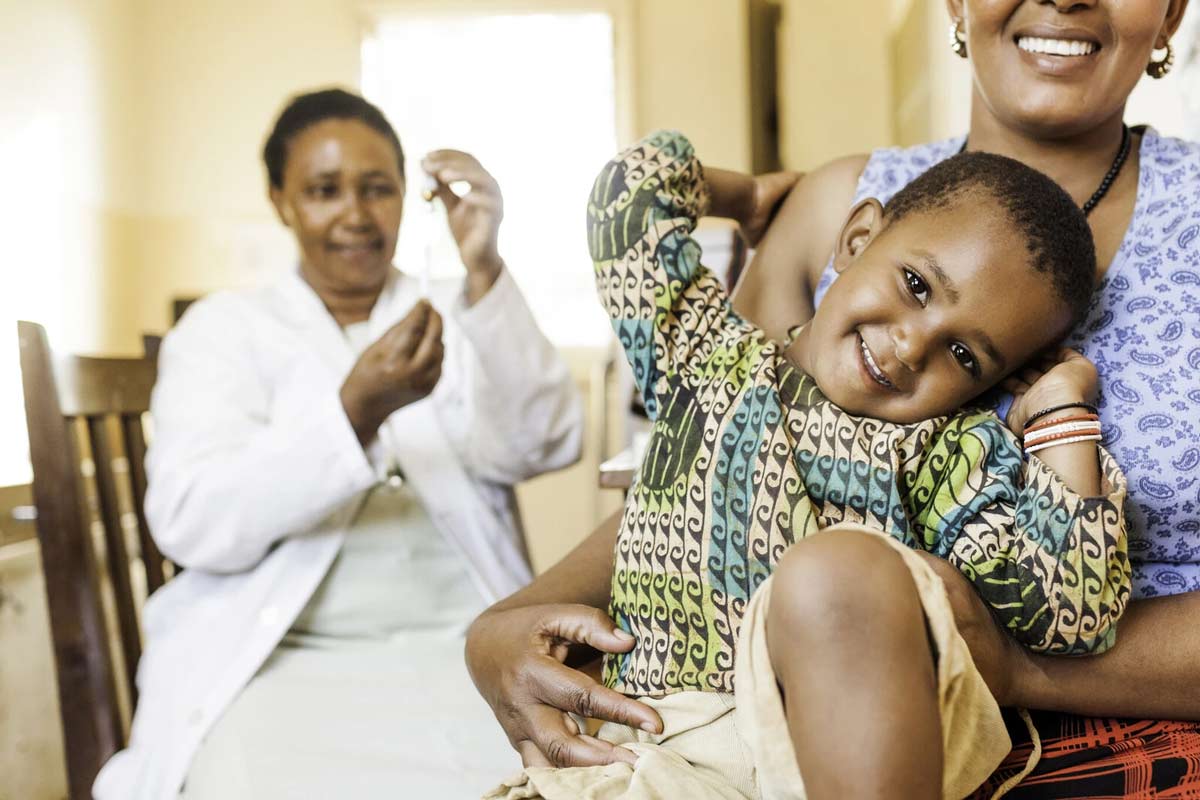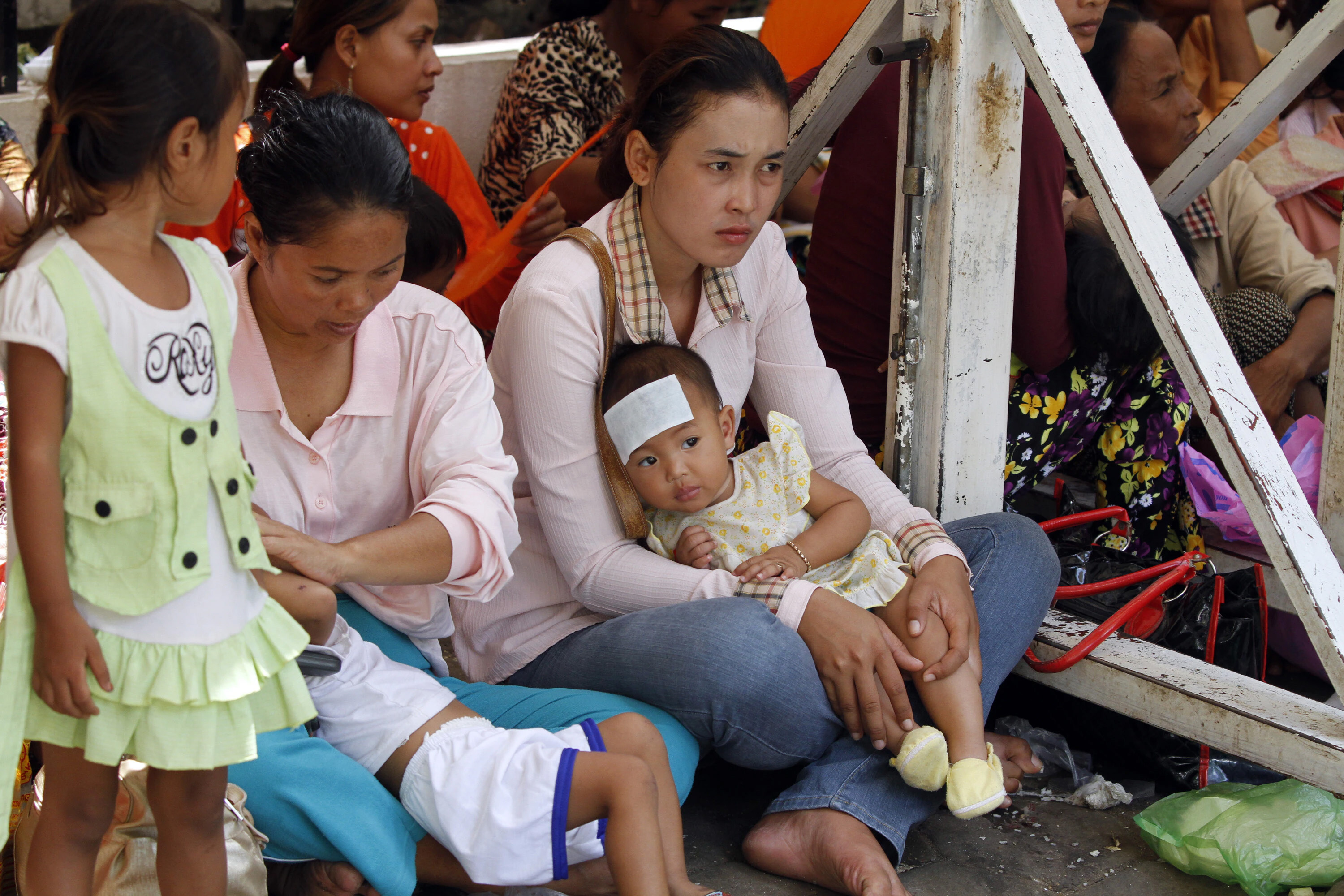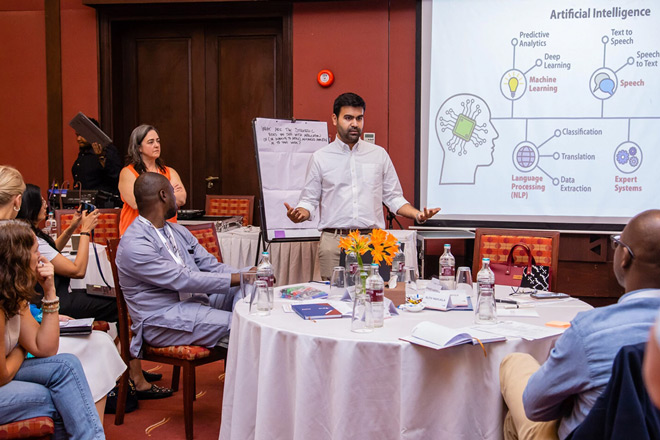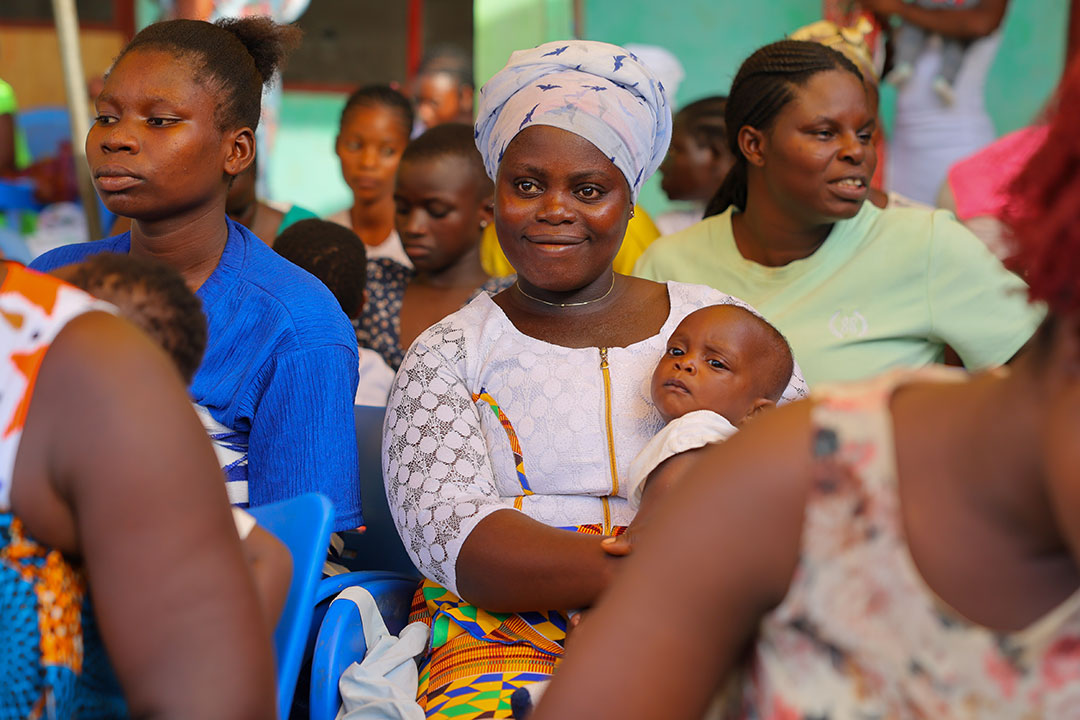How to close global healthcare gaps using place-based change and collaborative action
To tackle health inequities, initiatives must be community owned and rigorously analytical, using purposeful collaboration and sustainable operating models.
- 26 September 2024
- 5 min read
- by World Economic Forum

- Gaps in healthcare stem from a complex interplay of structural biases, flaws in health systems and inequities in the social, economic and environmental drivers of health.
- Many of these issues are influenced by place, which means local areas have an important role to play in reducing health inequities.
- Place-based approaches – collaborative, community-led and long-term work in a defined geographic location – can be a powerful way to build healthy, inclusive and resilient communities.
Global life expectancy has increased from under 50 years in 1950 to nearly 72 years in 2022. Closer examination reveals stark differences around the world, however. Nigeria’s life expectancy was 30 years lower than Japan’s in 2021, for example. These differences are even more striking at a community level – life expectancy can vary by 20 years between neighbourhoods in the US city of Philadelphia.
Health inequities – avoidable and unfair differences in health outcomes – persist worldwide, with marginalized communities disproportionately bearing the burden of poor health. Addressing this means tackling the root causes of health inequities: systemic racism and bias, structural flaws in health systems, and social, economic and environmental factors.
Place creates the conditions for healthy living
Where we live and work matters. Up to 80% of individual health outcomes stem from non-medical drivers of health such as affordable housing, stable employment, availability of nutritious and affordable food, clear air and water, accessibility of health care services and climate impacts.
A recent Deloitte Center for Health Solutions analysis also shows that health and other factors relating to place can impact economic growth. It estimates that raising life expectancy in all US states to match the highest national levels could add $2.8 trillion to US GDP by 2040. Healthier, longer-living individuals are more productive contributors to their communities.
Such systemic change requires coordinated action across community, civil society, government, private sector and academia, however. And while place-based approaches are not new, achieving lasting impact that addresses health disparities remains challenging. This is often because of fragmented engagement, short-term investments and limited community buy-in.
These obstacles can be overcome. A new paper from the World Economic Forum, Closing Health Gaps through Collaborative Action: A Guide to Impactful Place-based Change, synthesizes research and consultations with organizations from multiple sectors into four principles that could help address health inequities:
1. Community ownership and empowerment
Early engagement and sharing responsibility and decision-making with the community can strengthen trust, build community buy-in and empower local organizations.
Implementing place-based change often means shifting established systems, structures, environment, policies and practices. Without authentic collaboration, such complex change can inadvertently create distrust and resistance. For example, in Zimbabwe, the Unki Community Health Programme, supported by mining company Anglo American, engaged local partners and community leaders to collaboratively design, implement and sustain healthcare initiatives including water and sanitation for health (WASH) improvements and HIV care.
This approach values community members as decision-makers and experts. By fostering mutual trust, respect and building capacity, the programme has helped to ensure the community can sustain health equity initiatives independently.
2. A rigorous analytical approach
A deep analytical approach that pinpoints the factors that maximize health and wellbeing can increase investment impact and close gaps in long-term outcomes.
The factors that lead to health disparities are complex, but addressing certain factors may have a greater effect on healthcare outcomes. For instance, a movement called HealthyNYC works with hospitals, city officials, gyms, food suppliers and other partners to help increase life expectancy in New York City to 83 years by 2030. Similarly, US healthcare company Kaiser Permanente’s Community Support Hub employs a data-driven approach to understand patients’ social health needs and create personalized interventions. For example, a grocery stipend helps high-risk patients buy affordable, nutritious food.
Continuous monitoring and rigorous research helps ensure these efforts are effective and evolve to meet the changing needs of the community.
3. Purposeful and lasting partnerships
Convening a diverse group of partners through a shared commitment and unified approach brings in differentiated expertise, perspectives and networks to amplify impact.
Multiple initiatives often operate independently in a community, but lasting change requires coordinated action to address complex challenges. For example, a long-term research initiative in Denmark called Tingbjerg Changing Diabetes (TCD) uses local resources and engages diverse stakeholders to address high rates of Type 2 diabetes. Similarly, a global initiative from US pharma company Merck Sharp & Dohme (MSD) called MSD for Mothers aims to improve maternal health through strong public-private partnerships. Its initiatives include IntegratE and Saving Mothers Giving Life in Nigeria, which build on existing community assets and resources, grounding efforts in mutual trust and shared values, and adapting to local contexts.
Effective place-based approaches take the time to understand community dynamics and leverage their strengths to maximize potential.
Have you read?
4. A sustainable and execution-oriented operating model
Sustaining momentum beyond initial implementation requires ongoing commitment, a robust operational backbone and a clear long-term goal that aligns to broader system priorities.
Addressing complex social challenges can take decades of coordination and effort. City Cancer Challenge, for example, is an initiative that supports cities around the world to create sustainable cancer care solutions using a multi-year growth plan. Elsewhere, nonprofit BRAC, healthcare tech company Medtronic LABS and the Bangladesh Ministry of Health have partnered on the 360-Degree NCD Care Model. It integrates modular technology – flexible, building-block-style systems – and community resources to adapt to community needs and address non-communicable diseases, in line with local government policies.
Both examples rely on sustained investment, a scalable structure and a strong operating model to achieve enduring impact.
Coordinated action within communities
To truly achieve global health equity, so all individuals can live longer, more fulfilled lives, we must tackle the real drivers of health inequities within communities. We cannot do this alone – it requires coordinated action across government, private sector, academia and civil society.
Coalitions such as the World Economic Forum’s Global Health Equity Network (GHEN) can amplify the impact of such partnerships by sharing knowledge, resources and networks. By working together, we can help communities thrive in their unique contexts. Every organization, regardless of size or sector, has a role to play.









